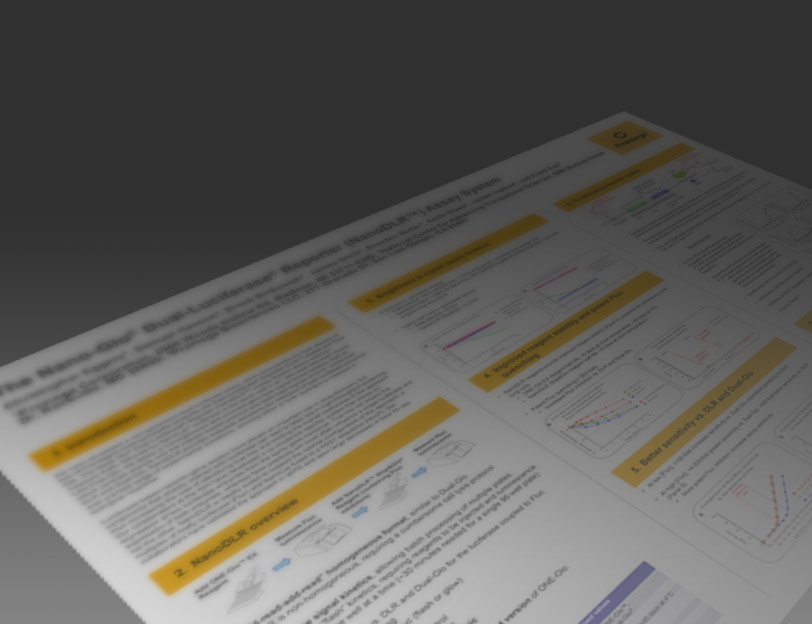Glycobiology
Glycosyltransferases catalyze the transfer of sugar moieties to target molecules, mainly proteins. Here you can find assays to measure glycosyltransferase activity for enzymes that use an array of nucleotide-sugar substrates as well as standalone Ultra-Pure GDP- or UDP-sugar substrates.
Filter By
Shop all Glycobiology
Showing 8 of 8 Products
An Introduction to Glycobiology
Glycobiology is the study of carbohydrates and their role in biology. Glycans, defined as compounds consisting of a large number of monosaccharides linked glycosidically, are present in all living cells. They coat cell membranes and are integral components of cell walls. Glycans play diverse roles, including critical functions in cell signaling, molecular recognition, immunity, and inflammation. They are the cell surface molecules that define the ABO blood groups, influencing an individual’s ability to receive another’s blood.
The process by which a sugar moiety is attached to a biological compound is referred to as glycosylation. Protein glycosylation is a form of post-translational modification that is important for many biological processes and often serves as an analog switch that modulates protein activity. The class of enzymes responsible for transferring the sugar moiety onto proteins is called a glycosyltransferase (GT).
The nomenclature for GTs is based on the type of sugar they transfer to a target molecule e.g., galactosyltransferases transfer galactose. However, glycosyltransferases cannot simply transfer a monosaccharide by itself—the monosaccharide must be in a conjugated form with a nucleotide. The most common nucleotide used by glycosyltransferases is uridine diphosphate (UDP). Other nucleotides involved in glycosylation reactions include GDP and CMP-sialic acid.



